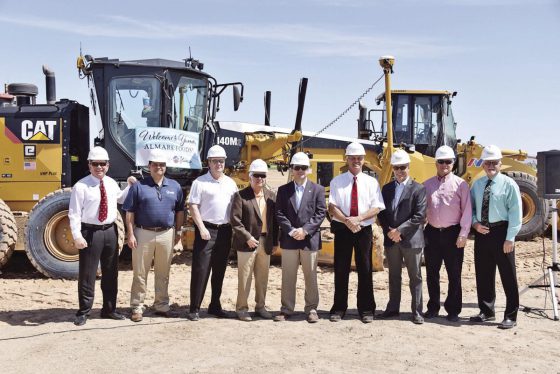As the economy thrives and capital investment grows, the construction market continues to face a labor shortage in 2019. This can especially be a factor when it comes to skilled labor for specialized disciplines, such as refrigeration.
What does this mean for food and beverage companies looking to build or expand? If it’s been a few years since your business has tackled a large capital investment project, you’ll need to manage expectations and plan accordingly. Today’s economy is a different playing field with different challenges.
If you’re planning to invest in a new facility, renovation or expansion, here are four things you can do to avoid budget surprises along the way.
1. Consult with a contractor before setting budgets
In many companies, the people who assemble capital budgets typically don’t have construction industry experience. They may not understand the variables affecting today’s unique construction market, which often results in an under-budgeted facility. Meet with your design and construction firm early in the process to ensure you develop an informed budget at the onset, rather than backstepping later.
2. Understand how local labor markets affect cost
Many food plants are built in rural or remote areas, which typically translates to relatively inexpensive local labor. However, that often means paying a premium to bring skilled workers and specialized subcontractors to the jobsite. Remote areas generally don’t have as big of a specialized labor market compared to bigger cities. Don’t underestimate labor costs just because you’re building “in the middle of nowhere.”
3. Consider how weather affects labor costs
Weather conditions can play a big role when it comes to the cost of labor. Worker safety measures, such as heaters or shade structures, come at a price and vary by situation.
For example, Stellar recently built a facility in Yuma, Arizona, where summer temperatures can get up to 120 degrees Fahrenheit. To keep the project on schedule, concrete had to be poured overnight and through the early morning hours. Not only is after-hours pay for labor higher, but we had to provide light towers to ensure visibility.
Every region has its weather challenges, whether it’s doing roof work in rainy Seattle or erecting walls during a Minnesota winter. The key is selecting a contractor who has experience building in the region, because they understand its labor market and weather challenges.
4. Hire a firm that understands current market conditions
Many design and construction firms develop estimates based on historical data, but the reality is that today’s market is more expensive than it was even two or three years ago. Look for a contractor who analyzes today’s economic conditions and develops estimates based on current market values, rather than historical data that may be skewed in today’s healthy economy.
At Stellar, we always strive to obtain real-world subcontractor input from all the major players before developing estimates. This helps us provide clients with as accurate of a projected cost as possible.



